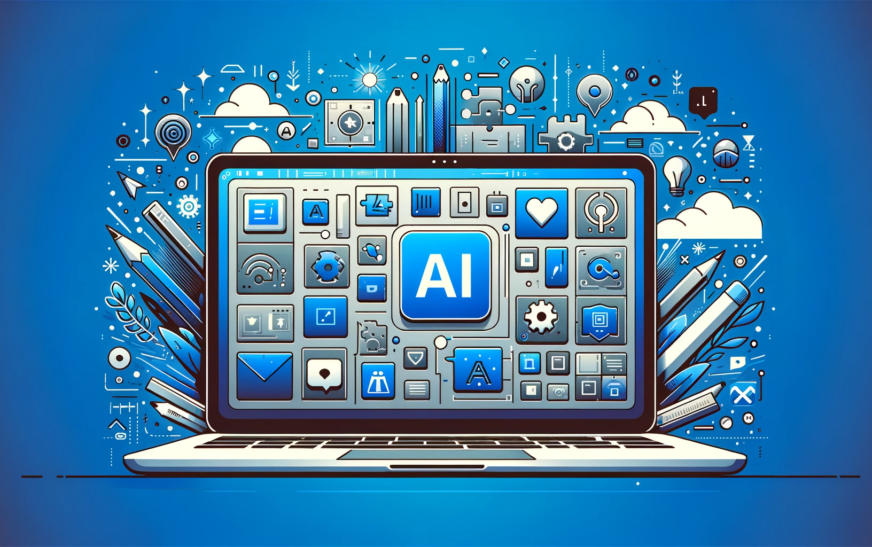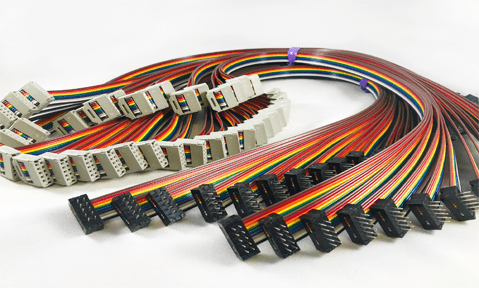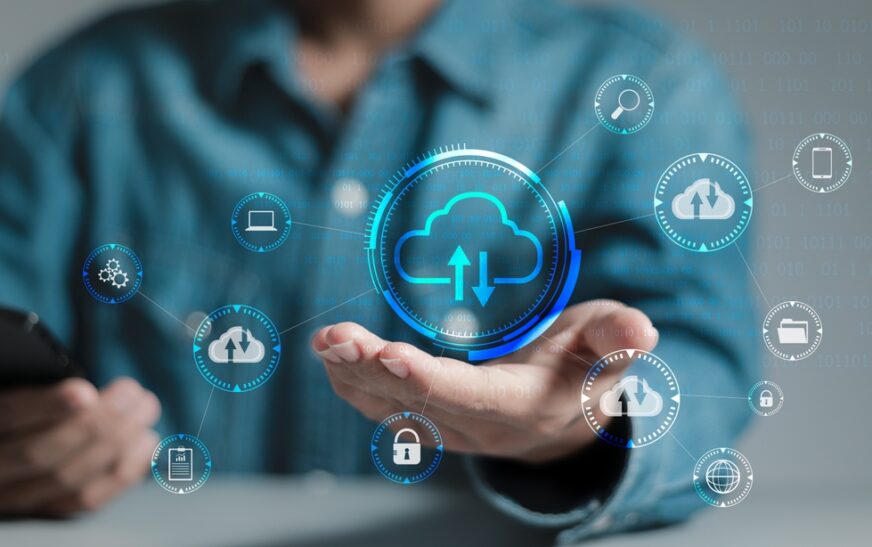Artificial intelligence (AI) is no longer a futuristic concept, but a transformative force reshaping industry, the economy, and everyday life. With its roots in computing, AI has become a powerful tool that allows machines to perform tasks once thought to require human intelligence. From enhancing decision-making processes to automating complex tasks, AI is transforming the digital world in unprecedented ways. This article describes how AI is revolutionizing computing, its current applications, future possibilities, and the challenges it poses.
1. the evolution of ai in computing
AI’s journey began with early attempts to create machines that could mimic human thought processes. Early AI systems relied on rule-based programming and decision trees, which were effective for basic tasks but limited in complexity. However, advances in machine learning (ML), neural networks, and deep learning have dramatically advanced AI.
AI in computing now leverages vast amounts of data and complex algorithms to identify patterns, make predictions, and optimize processes. The rise of big data and increased computing power has enabled AI systems to learn from vast data sets, improving their accuracy and capabilities over time.
1.Major Milestones in AI Computing
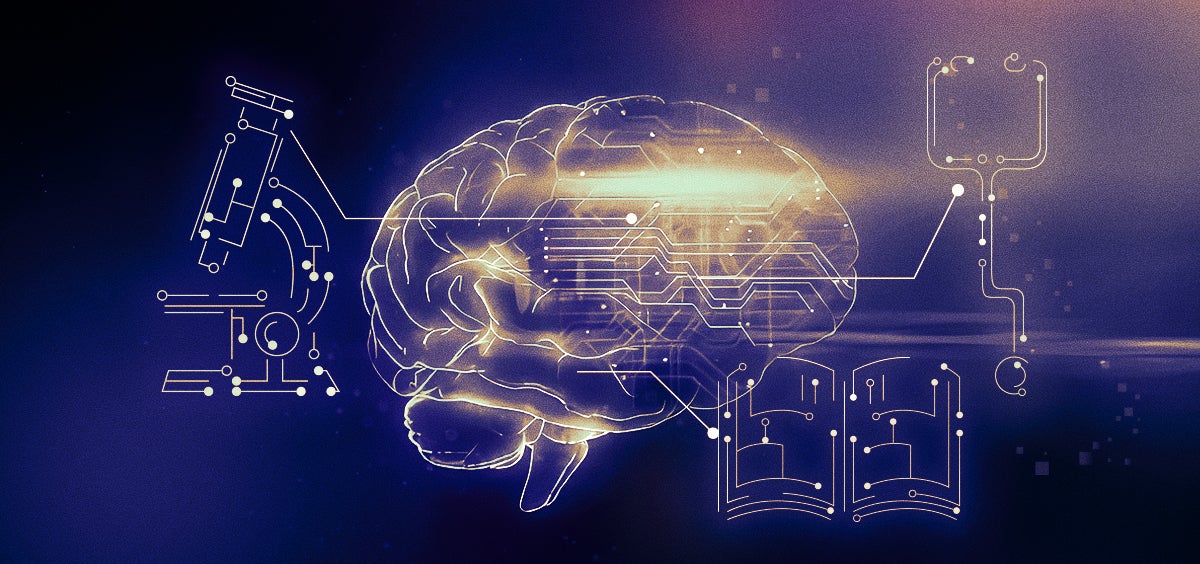
1956: The term “artificial intelligence” is coined at the Dartmouth Conference, marking the official birth of AI.
1997: IBM’s Deep Blue defeats world chess champion Garry Kasparov, demonstrating AI’s potential in solving complex problems.
2012: Deep learning achieved a breakthrough when a neural network developed by Google reduced error rates in image recognition, sparking widespread interest in AI.
Today, AI is no longer confined to academic research and narrow applications; AI is embedded in everyday technology and is transforming industries such as healthcare, finance, and education.
2. the role of ai in modern computing systems
AI has become an integral part of modern computing systems, enhancing both hardware and software to improve efficiency and performance. the most notable areas where AI is having a significant impact are cloud computing, data analytics, and automation.
2.1. AI in Cloud Computing
Cloud platforms have become the backbone of digital transformation for many companies, and the integration of AI into cloud services allows companies to leverage AI-as-a-Service (AIaaS) to build intelligent applications without investing in expensive hardware or AI research teams. Intelligent applications can now be built using AI-as-a-Service (AIaaS) without having to invest in expensive hardware or AI research teams.
Benefits of AI in Cloud Computing
Scalability: AI enables cloud platforms to handle huge data sets and complex operations, providing scalable solutions for companies of all sizes.
Enhanced Security: AI-powered cloud systems can detect and respond to security threats in real time, reducing the risk of cyber attacks.
Increased cost efficiency: AI-powered cloud services can automate routine tasks to optimize resource utilization and reduce operational costs.
Major players Amazon Web Services (AWS), Microsoft Azure, Google Cloud
2.2. Data Analysis with AI
One of the most powerful applications of AI is data analysis; AI systems can analyze vast amounts of data more quickly and accurately than human analysts AI-powered data analysis tools can help organizations make data-driven decisions, identify trends, and uncover hidden patterns in data help reveal them.
Areas of influence of AI in data analysis
Predictive Analytics: AI models can predict future trends based on historical data, enabling companies to anticipate customer needs and market changes.
Natural Language Processing (NLP): AI can analyze text data to extract meaningful insights to improve customer service and enhance user experience through chatbots.
Fraud detection: Financial institutions are using AI to detect fraud by analyzing transaction patterns and identifying anomalies in real time.
2.3. AI for Automation
Automation is one of the most widely adopted applications of AI. From manufacturing to customer service, AI-powered automation is streamlining workflows and improving efficiency across industries.
Examples of AI Automation
Robotic Process Automation (RPA): AI-powered bots handle repetitive tasks such as data entry, invoice processing, and customer inquiries, freeing human employees for higher-value work.
Smart Manufacturing: AI systems optimize production lines by predicting machine failures, reducing downtime and improving overall productivity.
Autonomous vehicles: AI algorithms will transform the transportation and logistics industry by enabling self-driving vehicles to navigate, make decisions, and avoid obstacles.
3. the impact of ai across industries
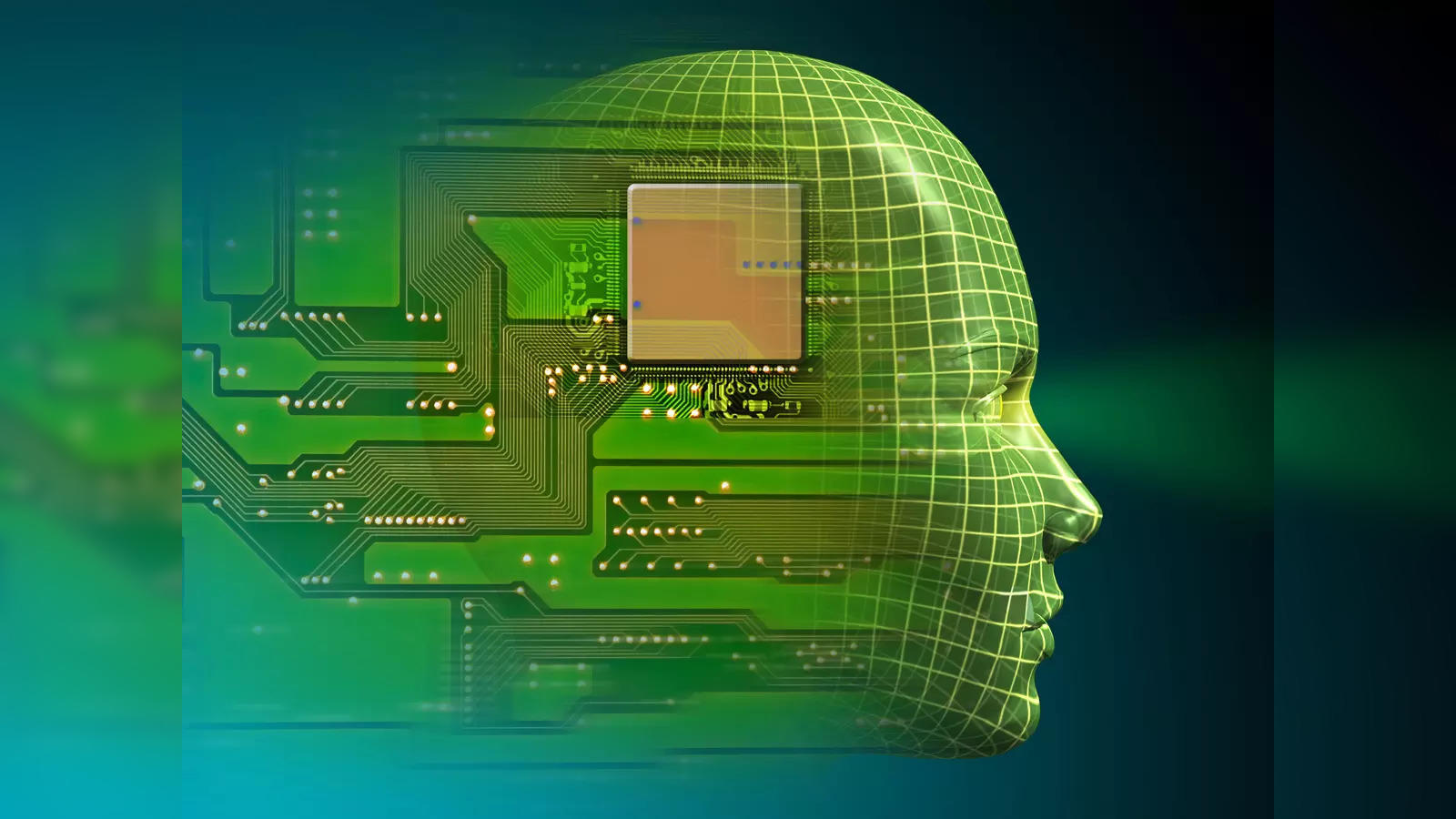
AI’s transformative power is not limited to computing systems; AI is revolutionizing a variety of industries, reshaping the way business is done and the way people live and work.
3.1. Healthcare
AI plays an important role in healthcare, from diagnosis to personalized medicine. ai-powered tools can analyze medical images, help diagnose diseases, and even predict patient outcomes based on historical data. ai is also a force in telemedicine, enabling remote consultation and monitoring from remote locations.
Examples of AI in Healthcare
Medical imaging: AI systems are helping radiologists detect abnormalities in X-rays, MRIs, and CT scans with greater accuracy.
Drug Discovery: AI accelerates the drug discovery process by simulating how new drugs interact with the human body.
Personalized medicine: AI can analyze a patient’s genetic makeup and recommend tailored treatments for better outcomes.
3.2. finance
In the financial industry, AI is driving innovation in fraud detection, algorithmic trading, and customer service; AI models analyze financial data in real time and identify patterns that humans may miss, making the financial system more efficient and secure.
Examples of AI in Finance
Fraud detection: AI algorithms monitor millions of transactions to detect suspicious behavior that deviates from normal patterns.
Algorithmic trading: AI-driven trading platforms analyze market trends and execute trades at high speed to optimize profits and minimize risk.
Robo-advisors: AI-powered robo-advisors provide personalized financial advice based on the user’s financial goals and risk tolerance.
3.3. retail and e-commerce
AI is transforming the retail and e-commerce industry by personalizing the shopping experience and optimizing supply chain operations. ai-powered recommendation engines improve customer satisfaction and drive sales by analyzing user behavior and suggesting products based on personal preferences. and drive sales.
Examples of AI in Retail and E-commerce
Recommendation systems: E-commerce platforms leverage AI to recommend products based on customers’ browsing and purchasing history.
Inventory management: AI predicts customer demand and automates inventory replenishment to ensure that popular items are always available.
Customer service: AI chatbots provide instant customer support, answering inquiries and resolving issues without human intervention.
4. challenges and ethical considerations in ai
While AI offers immense potential, it also brings significant challenges and ethical considerations. as AI becomes more integrated into everyday life, important questions about privacy, bias, and the future of work arise.
4.1. biases in ai systems
AI systems are only as good as the data on which they are trained; if the data used to train AI models is biased, AI can perpetuate and even amplify that bias. This is especially problematic in areas such as criminal justice, employment, and lending, where biased AI systems can lead to unjust decisions.
Addressing AI Bias
Diverse datasets: ensure that AI models are trained on diverse datasets representing different demographics and perspectives. Transparency and Accountability: AI systems should be transparent, clear explanations should be given about how decisions are made, and organizations should be held accountable for any bias in AI systems.
4.2. privacy concerns
The ability of AI to collect, analyze, and store vast amounts of personal data raises serious privacy concerns. From social media platforms to smart home devices, AI systems are constantly collecting data on users, often without their explicit consent.
Mitigating Privacy Risks
Data anonymization Techniques such as data anonymization and encryption can protect the user’s identity while still allowing AI to analyze the data.
Privacy regulations: Governments have introduced regulations, such as the General Data Protection Regulation (GDPR) in Europe, to protect individual privacy rights in the AI era.
4.3. employment transformation
While AI automation is transforming industries, it is also raising concerns about job displacement. As AI takes over repetitive and routine tasks, many workers fear being replaced by machines.
Prepare for AI’s impact on the workforce:
Reskilling and upskilling: governments and organizations need to invest in reskilling programs to help workers transition to new roles in an AI-driven economy.
Collaboration between humans and AI: AI will not replace human workers, but will augment human capabilities, allowing them to focus on more creative and strategic work.
5. the future of ai in computing
The future of AI in computing has unlimited potential. Advances in quantum computing, neuromorphic engineering, and explainable AI (XAI) will make AI systems even more powerful and capable of solving problems currently out of reach of classical computers.
5.1. quantum AI
Quantum computing has the potential to make AI super-fast by enabling AI systems to process huge amounts of data in parallel. Quantum AI could revolutionize industries such as drug discovery, financial modeling, and cryptography by enabling faster and more accurate simulations and predictions.
5.2. neuromorphic computing
Neuromorphic computing offers a new approach to AI hardware that mimics the neural network of the brain and could lead to more efficient and energy-efficient AI systems. This technology promises to reduce the vast computational resources currently required for AI, making AI more accessible and sustainable.
5.3. explainable AI (XAI)
As AI systems become more complex, the need for transparency and accountability grows. Explainable AI (XAI) aims to create AI models that can explain decision-making processes in a way that humans can understand. This is critical in areas such as healthcare and finance, where AI decisions can have significant real-world impacts.
Conclusion
The Transformative Power of AI in Computing
AI is not just a technological innovation, but a transformative force reshaping the digital world. From cloud computing to healthcare, finance, and beyond, AI is enabling machines to perform tasks once thought impossible. While challenges remain, the potential for AI to revolutionize industries and improve people’s lives is undeniable; as AI continues to evolve, it will open up new possibilities and push the boundaries of what is possible in computing.

